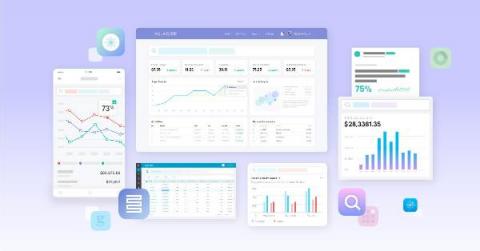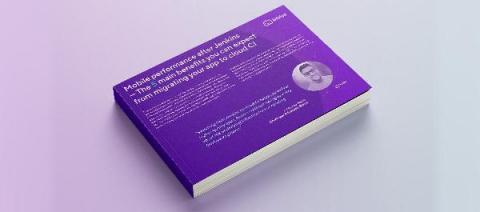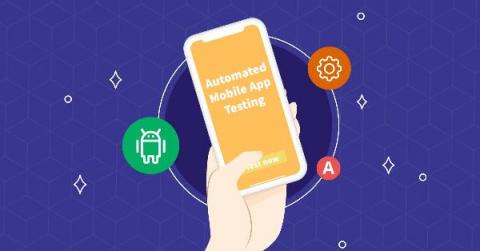Take your mobile monitoring to the next level
While there’s room for debate in what constitutes sufficient monitoring for a mobile app, it’s no question that if you wait long enough for users to report issues, then soon you will have no users. For most mobile development teams, you are not measured against how many features you deliver or bugs you fix, but by how successful your app is and how much value it delivers to users. As a result, you need to know where the app is providing a subpar experience and why.











